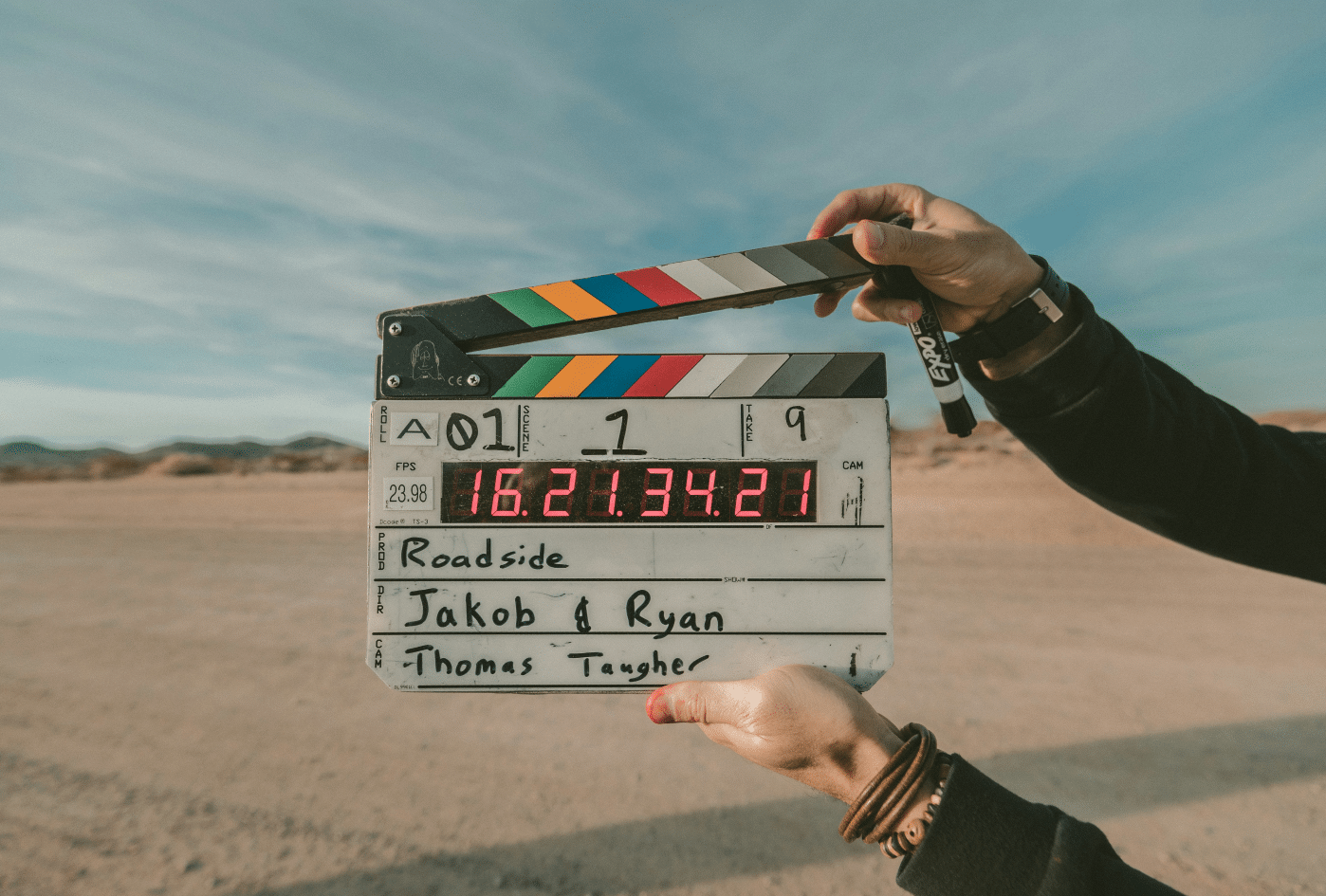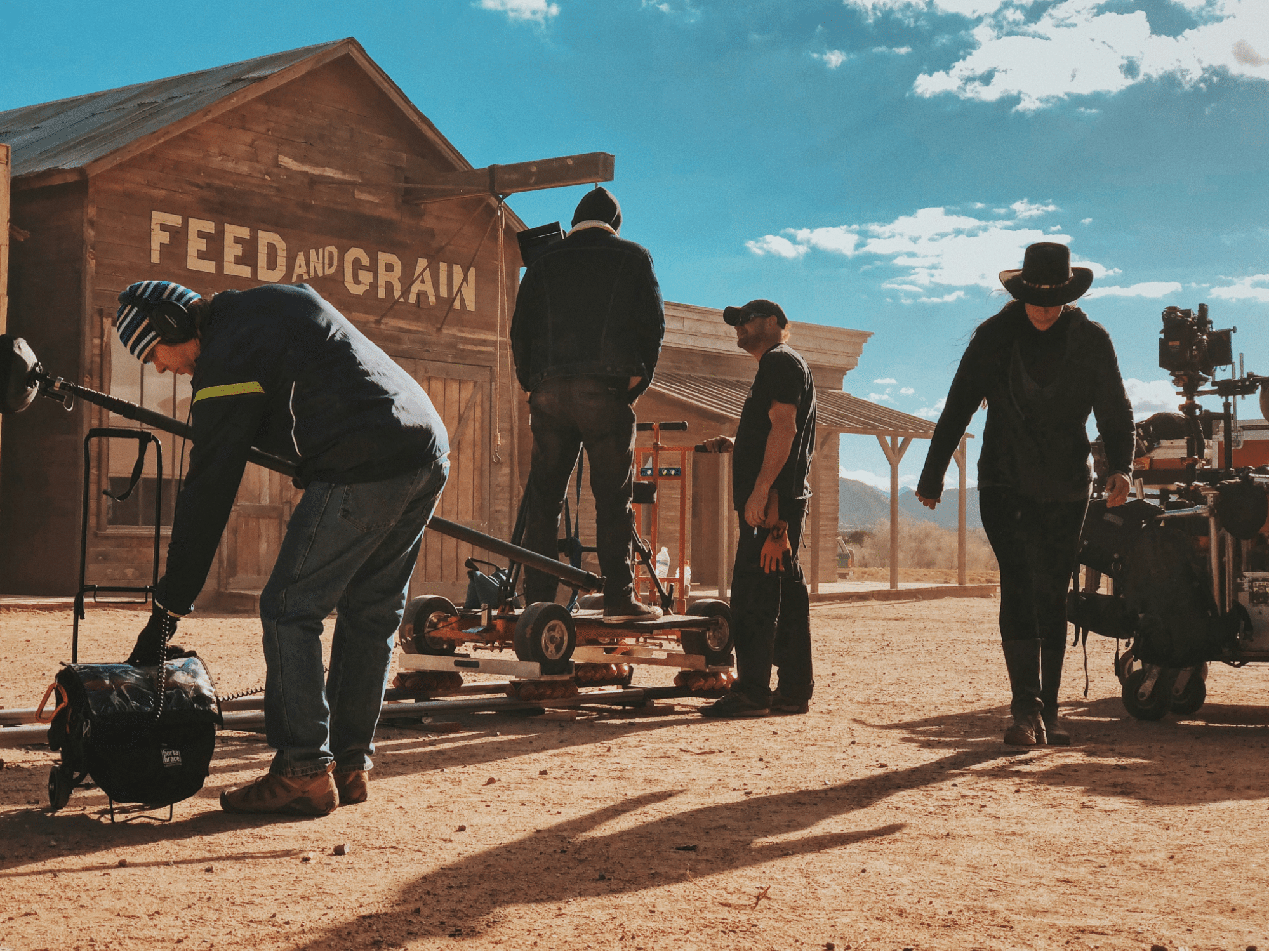In recent years, drones have quietly taken flight in Hollywood, reshaping the way aerial shots are captured in blockbuster films and TV shows. What once required expensive helicopters, pilots, and complicated setups is now being achieved by nimble drones operated by a small crew. Beyond just saving costs, drones have opened up new creative possibilities, allowing filmmakers to capture shots that were previously too dangerous or complex to pull off.
A New Era of Aerial Cinematography
Aerial cinematography has long been a staple in action-packed movies, giving audiences breathtaking views of cityscapes, intense chase scenes, and sweeping landscapes. Traditionally, filmmakers would rely on helicopters or even planes to achieve these grand perspectives. However, the costs associated with these methods can be astronomical, not to mention the risks involved in flying large aircraft close to actors or within tight spaces.
Enter drones—a solution that has not only cut costs but also increased flexibility on set. Equipped with high-definition cameras and capable of moving in ways traditional helicopters cannot, drones are redefining how directors and cinematographers approach aerial shots.
One of the celebrated examples of drone use in Hollywood is “The Wolf of Wall Street” (2013). Directed by Martin Scorsese, the film utilized drones to capture panoramic views of luxurious properties in the Hamptons. By replacing helicopters with drones, the production team reduced both the financial and logistical burden, allowing for more creative freedom when setting up shots.
Precision and Versatility on Set
Unlike helicopters, drones are precise, able to fly low or through tight spaces without compromising the quality of the footage. This makes them ideal for capturing intimate shots in locations where helicopters would be impractical or even dangerous.
Take “Skyfall” (2012) as an example. In the gripping Istanbul rooftop chase scene, drones were used to capture smooth, dynamic shots of Daniel Craig’s James Bond in action. The smaller drones were able to maneuver through tight alleyways and across rooftops, something that would have been impossible to achieve with helicopters. This not only created a more immersive action sequence but also allowed the filmmakers to shoot in a dense urban environment without disrupting local businesses or posing safety risks.

Cost Savings and Safety Benefits
Drones are dramatically more affordable than traditional aerial methods. For context, renting a helicopter can cost anywhere from $1,000 to $5,000 per hour, depending on the type and location. This cost can multiply when factoring in fuel, the pilot’s salary, and the necessary safety precautions. In contrast, drone rentals are significantly cheaper, and a drone team typically requires fewer personnel.
One example of drones enhancing both safety and cost-efficiency is “The Expendables 3” (2014). With a large cast including action icons like Sylvester Stallone and Arnold Schwarzenegger, the movie featured several high-action aerial scenes. Rather than using helicopters, which would have added to the film’s already hefty budget, drones were employed to capture wide-angle shots of explosive sequences, making the production both safer and more cost-effective.
Additionally, drones are more environmentally friendly. Helicopters and planes consume vast amounts of fuel and create significant noise pollution, which can interfere with shooting in sensitive locations. Drones, on the other hand, are quieter and have a much smaller carbon footprint, making them a preferred option for eco-conscious filmmakers.
Battery-powered drones are especially sought after since they are relatively quiet and don’t emit exhaust unlike gasoline or diesel powered drones. The key to maximizing drone use on the set comes down to battery recharging since every minute of filming is costing the studio money. One company that has successfully addressed this limitation is Premergy, with its patented rapid battery charging technology, proven to charge multi chemistry batteries up to 3 times faster, while preventing overheating during charging. Richard Botts, Premergy’s founder, holds more than 20 patents in battery charging technology.

The Technology Behind the Magic
Behind the scenes, the drones used in Hollywood are not your average consumer-grade gadgets. These machines are equipped with some of the advanced technology in cinematography today. They often carry sophisticated camera systems, such as the RED Epic or Arri Alexa Mini, which are capable of shooting in 4K or even 8K resolution. This aims that the footage captured by drones meets the high standards of feature films.
Another advantage is the enhanced stabilization technology. Helicopters can be affected by turbulence, but drones use advanced gimbals and stabilization systems to produce ultra-smooth footage, even in windy conditions. This was particularly useful in “Captain America: Civil War” (2016), where drones were used to capture sweeping shots during large-scale battle scenes. The ability to seamlessly fly through complex environments while maintaining stable footage gave the film a distinct visual flair.

From Blockbusters to Celebrities
The Future of Hollywood and Drones
As drone technology continues to advance, we can expect to see even more innovative uses of aerial shots in Hollywood. From enabling previously impossible stunts to providing immersive perspectives in more subtle dramas, drones are here to stay. As the limitations of drone performance are tackled by innovative companies like Premergy’s multi chemistry battery charging technology, the uses of drones will continue to expand in Hollywood. In addition, when drone technological advancement improves, costs will continue to drop, allowing independent filmmakers and smaller studios to access the same tools that once were exclusive to big-budget productions.
So next time you watch a sweeping aerial shot in your favorite film, take a moment to appreciate the cutting-edge drone technology that made it possible—replacing costly helicopters and making Hollywood magic more accessible than ever.
Published by: Khy Talara









